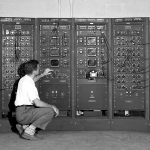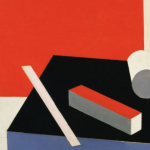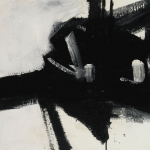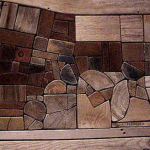electropoetics
Evangelizing the Everyday Web
Scott Rettberg appreciates Weinberg's small pieces more than his 'unified theory,' while viewing the Internet not as an economic panacea but a communication medium woven into the fabric of contemporary culture.
The Code is not the Text (Unless It Is the Text)
An argument against the collapse of categories by an author who has, yes, himself perpetrated a few codeworks.
The Rules of the Game
Virginia Kuhn reviews an essay collection - Cybertext: Yearbook 2000 - ambivalent about its own printed status.
Intersection and Struggle: Poetry In a New Landscape
Brandon Barr considers Loss Glazier's attempt at a hypertext poetics that moves beyond the link.
A Poetics of the Link
Jeff Parker contributes to the ongoing debate on electropoetics and invites readers to post their own link types and descriptions.
Cybertext Killed the Hypertext Star
Nick Montfort reviews Espen J. Aarseth's Cybertext, which stakes out a post-hypertextual terrain for literary criticism and practice. Interactive excerpts from some of the cybertexts that Aarseth discusses are included.
The Affective Interface
Lorne Falk retells the allegory of Arachne, the divine weaver, netted in le cabinet virtuel






